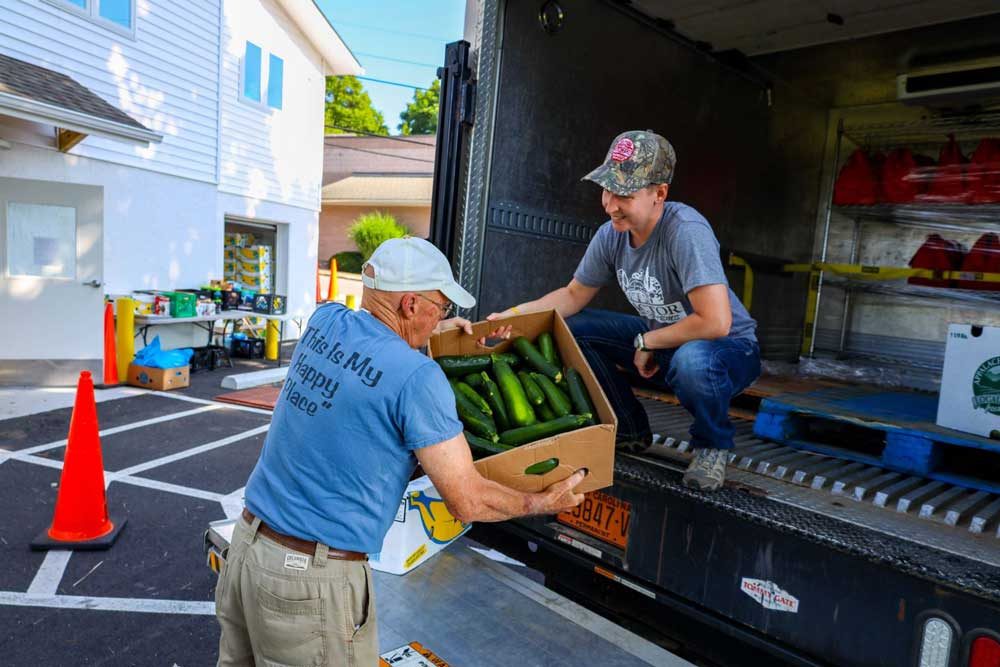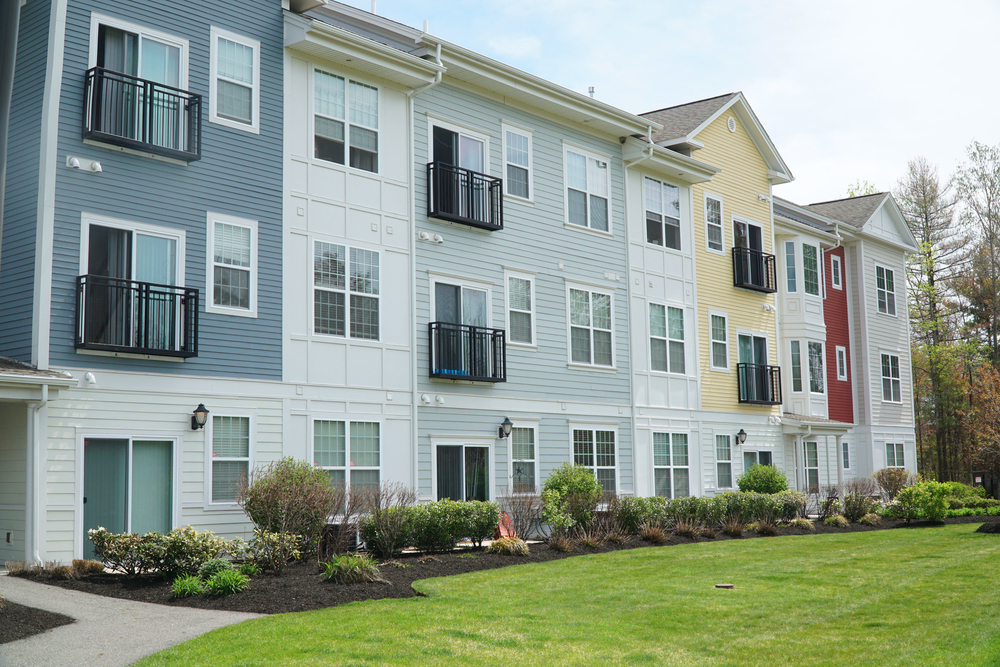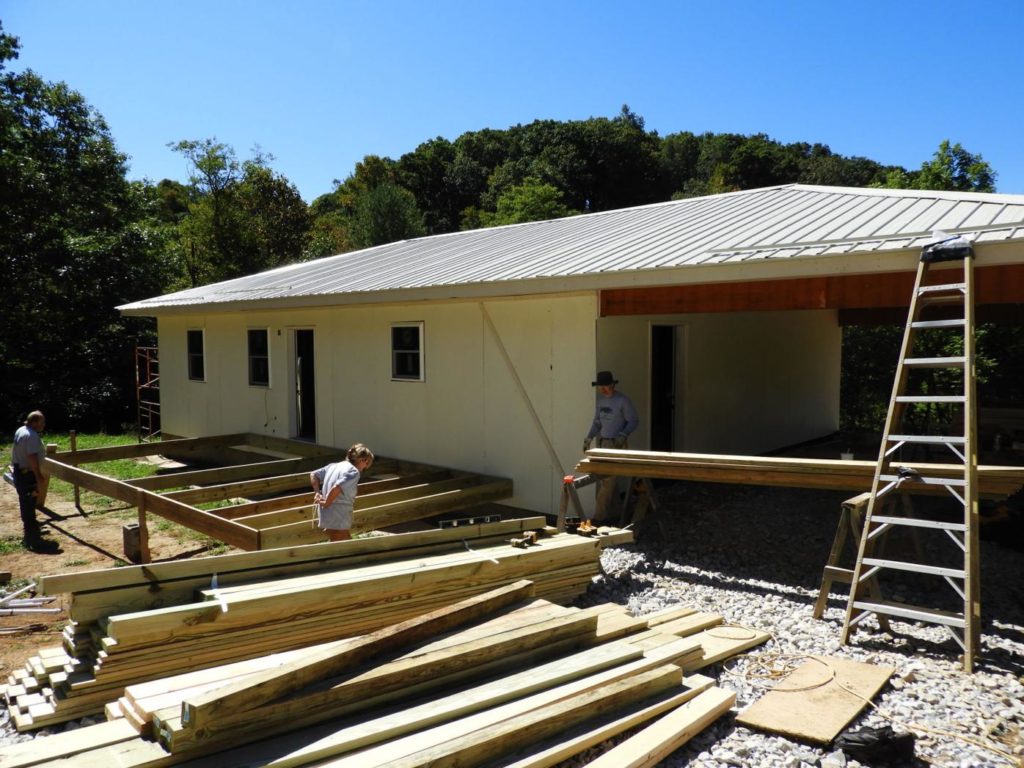WNC is home to a robust community of local farmers, yet finding affordable, fresh, locally sourced produce is a challenge for many rural and low-income families. Without a system to connect families in need with local healthy produce, families lack food autonomy. Produce imported from long distances gives families fewer options and reduces local market share for area farmers. Additionally, much imported produce deteriorates en route, increasing food waste.
TRACTOR Food and Farms is a regional food hub that is building a more robust offering for rural families by providing infrastructure, market and logistic resources to local farmers, consumers, relief organizations and health and emergency services. Through the Healthy Harvest Program, TRACTOR’s more than 25 distributing partners have increased access to fresh, community-grown, culturally appropriate, nutritious foods to more than 11,000 individuals across WNC.
TRACTOR’s Healthy Harvest program builds capacity and autonomy for every player in the local food distribution chain. Using TRACTOR’s unique ordering application, distribution partners can view inventory and make selections based on the volume and food preferences of the clients they serve. This also serves to inform growers of true local demand, in turn reducing food waste.
For example, kale is often grown for farmer’s markets in WNC because it thrives in our mountain climate, is low maintenance and delivers high return. However, results from the ordering application quickly identified that food pantry clients overwhelmingly preferred collards over kale. Equipped with this knowledge, growers adjusted their production accordingly with support from TRACTOR.
TRACTOR has partnered with 65 locally owned and operated farms, 36 of which are woman-owned. The Healthy Harvest and Clinical Referral Programs support 95 contributing farm workers and have generated $335K in new income for WNC farmers.
TRACTOR purchases produce from local farmers at competitive market rates, strengthening community food systems and providing farmers with secure income. As of 2021, TRACTOR’s programming has led to the distribution of 107 tons of produce. With support from
Dogwood, an additional 93 deliveries have been made to fifteen food pantries across seven WNC counties.
The impact of this program is two-fold, or better. Clients see increased access to fresh foods grown in their community, nourishing both mental and physical health, while growers with limited resources, such as wealth in capital and/or land, enjoy a secure and reliable market which circulates both the rural dollar and the product locally.


















